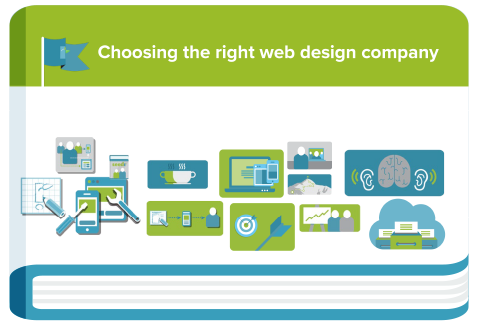Designing for the web starts with user needs

The UK government's web site has undergone a major design overhaul in the last couple of years. Replacing the old DirectGov and BusinessLink sites, its mission is to improve the delivery of information to millions of people in the UK under the maxim 'simple, clearer, faster'. In support of these efforts a a set of guiding design principles has been published (a clean simple HTML page in itself) and shows how the team has followed these guidelines in creating the site.
Focusing on user needs
I don't think it's a coincidence that the first principle in the guidelines is 'Start with needs*' with the caveat '*User needs not government needs'. It seems obvious but without considering the user first the web site of any business is immediately at risk of failure.
An example used by the .gov design team is their new VAT page. Their analysis found that a large number of users search for 'VAT rates' and find there way to that landing page. A wordy explanation of VAT would't be helpful to those who simply want to know what the current percentage rate is, so the primary page content is a clear visualisation of that 20% rate. Simple, clear and fast just like they said.
Design not decoration
The web is a really great self-service platform (as some have called it), and that means designers of web sites must clear a path for a user to help themselves where possible; clearing a pathway towards useful information or the completion of a specific task. Superfluous content that slows users down or confuses them should always be avoided, not least because it perpetuates the myth that a designer's role is to simply 'add the pretty stuff'. Web sites are ultimately conduits for content and that content must be valuable and helpful. A web designer should avoid the temptation to decorate or see the pages as merely 'containers'; adding supplemental visual elements that add to the clutter and don't really help a user at all.
Analysis and user research
Understanding user habits starts with web analytics. Without knowing what is going on all design decisions are based not on empirical data but on guesswork and assumptions, and that's not particularly useful.
Context is king
Analysis and research also allows us to understand a little about the context of a user's visit. Where they might to need to go next can depend on where they have come from and how they got there. Adding relevant 'signposts' on landing pages in the form of links can provide useful pathways to other content giving the user confidence and ensuring they don't get lost and frustrated.
I think the new VAT page is an excellent example of how web pages can be streamlined towards focusing on user needs - designed to support content that communicates in that 'clear, simple and fast' way. So to understand the user's needs it's important to do some research, not just at the beginning of the process but also during and also as part of a continuous review cycle. That's the way to build successful web sites that actually help users.


